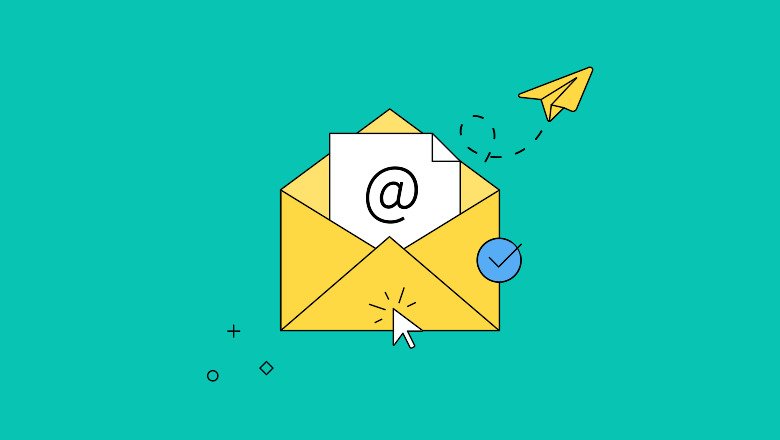Introduction:
Email campaigns have become a pivotal tool in modern communication strategies in the digital age. They serve as a dynamic means to connect, engage, and resonate with target audiences, making the setup of a professional email campaign an artful endeavor that can significantly impact your workplace’s success.
This comprehensive guide unveils twelve strategic steps, guiding you through the creation and execution of a successful email campaign that seamlessly connects with your audience and effectively achieves your workplace’s goals.
1. Clarify campaign objectives
Before delving into email campaign creation, establishing clear and measurable campaign objectives is the foremost step. Is your campaign aimed at driving sales, enhancing brand visibility, nurturing customer relationships, or educating your audience about a new product?
By crystallizing your goals and ensuring they are specific, measurable, achievable, relevant, and time-bound (SMART), you lay the solid groundwork for all subsequent decisions and strategies. Defining these objectives provides a clear direction and empowers you to gauge the campaign’s success against predetermined benchmarks, enabling strategic adjustments as needed.
2. Audience insights and segmentation
A profound understanding of your target audience lies at the heart of a successful email campaign. Segment your email list based on demographics, behaviors, and preferences. This segmentation allows you to tailor your content to resonate with each group’s unique characteristics and interests, ensuring heightened engagement.
3. Embrace professional email templates
Visual aesthetics play a pivotal role in email campaigns. Embrace corporate email templates to ensure a visually consistent and polished appearance across your emails. These templates provide a professional edge to your communication, enhancing your brand’s credibility. You can access diverse, high-quality corporate email templates on the latest tool, PosterMyWall.
4. Craft captivating content
The success of your email campaign hinges on crafting compelling content. A well-crafted subject line is your email’s first impression – make it count. Create content that informs, intrigues, and inspires. Utilize persuasive language, vivid visuals, and a clear call-to-action (CTA) that guides recipients toward your desired outcome.
5. Personalization and segmentation
In the era of personalization, generic emails no longer suffice. Address recipients by name and delve into personalization based on their previous interactions and preferences. Segmentation ensures your content is tailored to each recipient group’s needs and desires.
6. Ensure responsive design
Incorporate responsive design principles into your email templates, considering the pervasive use of mobile devices. Guarantee that your designs seamlessly adapt to diverse screen sizes and devices, ensuring optimal display and functionality. Thoroughly test your templates across multiple platforms to guarantee a flawless user experience for all recipients, enhancing engagement and readability regardless of the device they use to access your emails.
7. Harness A/B testing for optimization
A/B testing is your secret weapon for refining email effectiveness. Experiment with variations of subject lines, visuals, CTAs, and even sender names to discern which elements yield the most favorable results. This iterative approach allows you to fine-tune your campaign for maximum impact.
8. Timing is key
The timing of your email sends can significantly impact open rates and engagement. Analyze recipient time zones and behavior patterns to determine optimal sending times. A well-timed email ensures that your message reaches your audience when they are most likely to engage, increasing the likelihood of a favorable response and fostering a sense of relevance and attentiveness to your communications.
9. Monitor and analyze
Vital campaign insights emerge through email analytics. Assess pivotal metrics like open rates, click-through rates, and conversions to grasp performance. Consistently scrutinize these metrics for campaign efficacy assessment, trend recognition, and informed enhancements. By harnessing data-driven insights, you can adeptly optimize strategies, ensuring your email campaigns evolve in alignment with recipient behaviors and preferences, ultimately bolstering engagement and achieving desired results.
10. Embrace automation
Automation streamlines your email campaign processes, enabling you to manage many tasks efficiently. Implement automated workflows for welcome emails, follow-ups, and personalized recommendations. Automation ensures consistent communication and frees up time for more strategic endeavors.
11. Prioritize compliance and privacy
Adhering to data protection regulations is paramount. Obtain proper consent, provide transparent opt-out options, and handle recipient data carefully. Complying with regulations such as GDPR is a legal obligation and a demonstration of respect for recipient privacy.
12. Evaluate, learn, and iterate
The conclusion of your campaign is a stepping stone to future success. Evaluate the campaign’s performance against your predefined objectives. Celebrate successes, acknowledge challenges, and extract insights that inform future strategies. Continuous learning and iteration pave the way for increasingly effective campaigns.
Conclusion
Embarking on the journey of setting up a professional email campaign for your workplace requires a harmonious blend of creativity, data-driven decision-making, and a commitment to ongoing refinement.
By following these twelve comprehensive steps and harnessing the potential of corporate email templates, you empower your workplace to create impactful email campaigns that effectively engage your audience, convey your message, and contribute to your organization’s growth and success.


